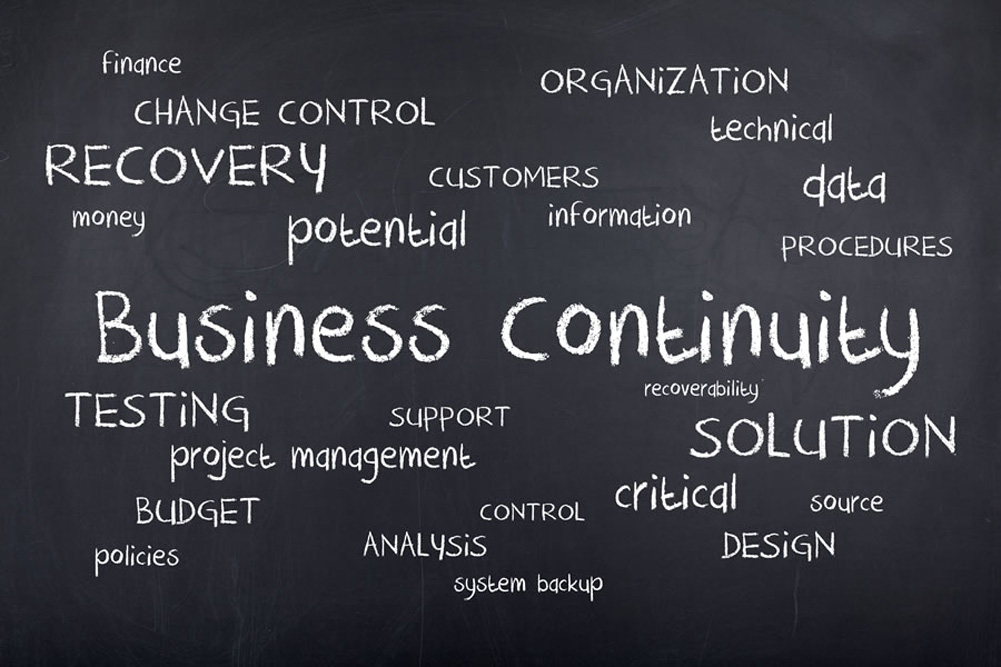
Keeping Your Business Continuity Plan Up-to-Date
Gartner predicts that an average cost of downtime for a midsize company is $70,000 per hour. In another research by PWC, it was revealed that 70% of companies that experience a major data loss go out of business within a year.
These statistics clearly indicate the necessity of a BCM plan. Here’s a quick 5-step guide to get you started:
1. Analyze your business to know which functions are the most crucial to keep your business up and running when a disaster strikes
2. Assess the risks to know which are the risks that your business is most likely to face as there may be some you would specifically like to prepare and plan for
3. Plan and prepare a framework for your organization to respond effectively to crises
4. Communicate your plan to everyone in your organization, making sure it is understood by all
5. Test the plan regularly to ensure it works effectively.
Below, we highlight some methods to test the effectiveness of your business continuity plan:
1.Walkthroughs – IT management can identify security gaps, weaknesses or system limitations with regularly scheduled walkthroughs of their business continuity plan
2.Simulation Test – Enterprises can use this method during their first testing attempt. This is implemented in a controlled situation, and does not usually impact business operations. This works by simulating a real-life disaster scenario at the workplace and allowing employees to react to these. This should be able to direct you to all the loop-holes, if any, and in updating your plan
3.Full Interruption – During a full test, IT professionals organize an actual failover of their datacenter or servers, which is a much riskier option. This can be time-consuming and expensive, especially in cases where data is lost. This may not always be the best testing methods for all companies, especially those who cannot afford downtime. However, tests like these are very accurate
4.Install automated solutions and software for remote updates and alerts, so that you have an eye on your system even when you are not in close proximity to your datacenters
Next Steps: After one of these tests have been implemented, it is important to review the results and evaluate them. It is recommended to conduct a short debrief and gather necessary feedback from the participants. The outcomes should be clearly mentioned in a report, highlighting success, failures and suggestions that would ultimately lead to a better business continuity plan.
For your business continuity plan to stay up-to-date, it is necessary to implement such drills regularly. It is also a good practice to keep all previous records in place as the previous reports will help you measure the effectiveness of your plan year on year.
Statistics Sources: cloudcollaborative.blogspot.ae and smallbusinesscomputing.com

Leave a Comment
Thank You
Your comment will be published after approval.